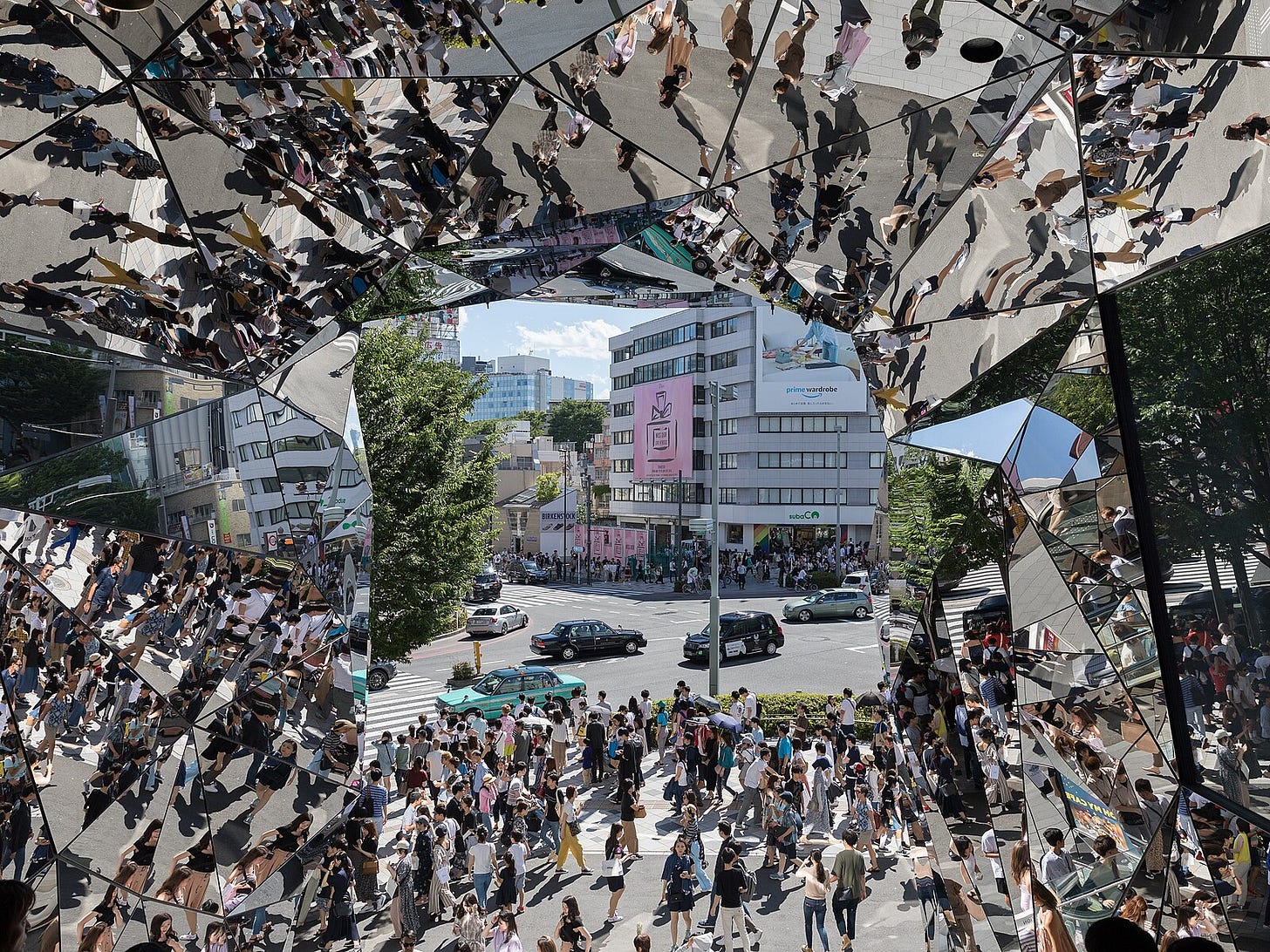Hell is Other People
The real reason the Japanese government is so obsessed with tourism
Last year, nearly thirty seven million tourists visited Japan. To put this into perspective, that number is equivalent to almost thirty percent of the Japanese population. The comparison is even starker when you consider that the vast majority of these visitors congregate in a few major cities: Tokyo (population: 14 million), Osaka (2.7 million), and be…
Keep reading with a 7-day free trial
Subscribe to Matt Alt's Pure Invention to keep reading this post and get 7 days of free access to the full post archives.



